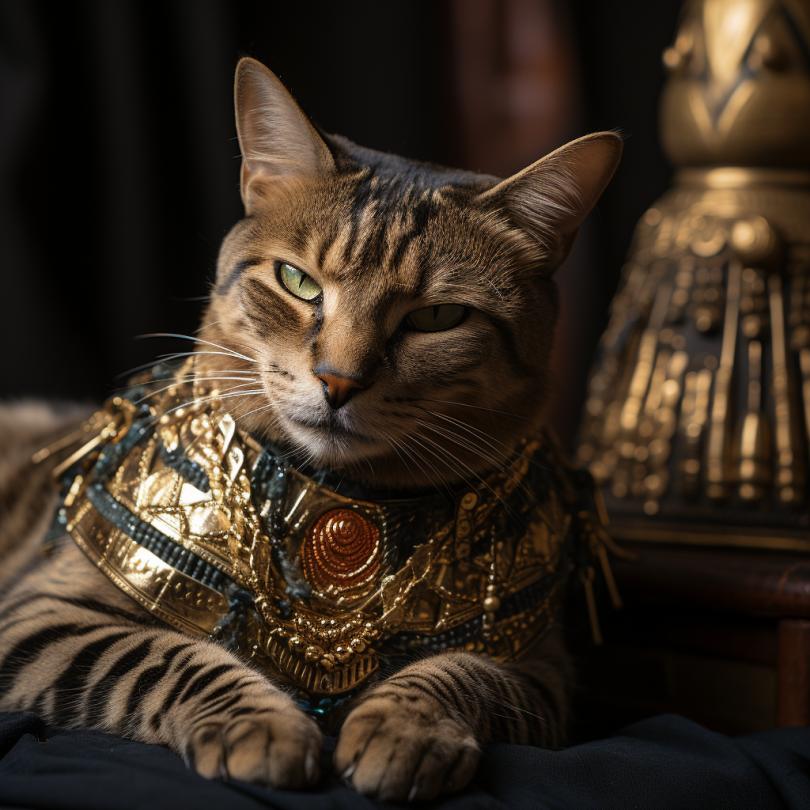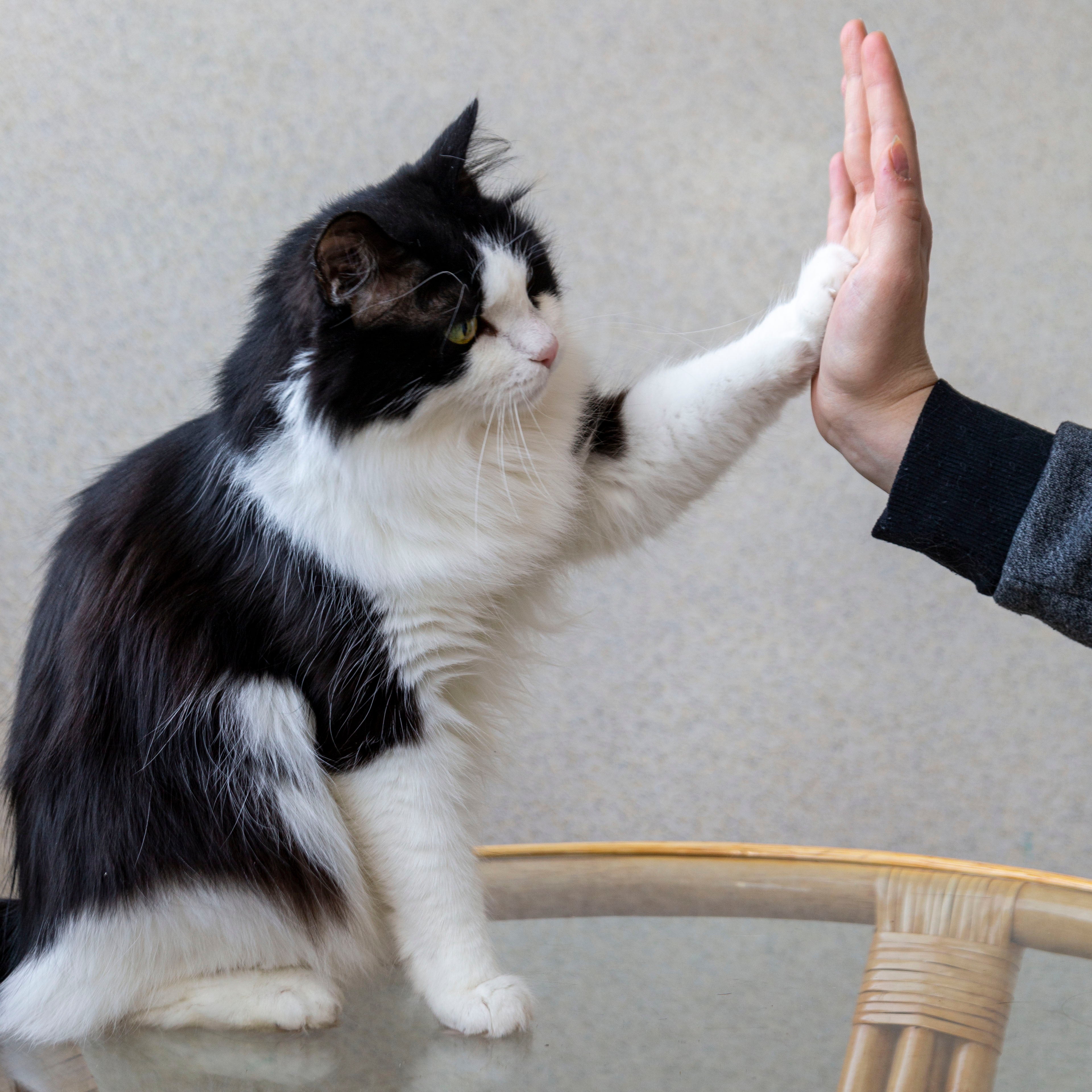The Historical Progression of Cat Feeding Practices: A Timeline of Transformation
Cats have been part of our lives for millennia, their presence echoing the advancement of our societies. The care and feeding of cats have evolved parallel to shifts in cultural norms, societal progressions, and technological leaps. Journey with us back in time as we chart the fascinating trajectory of feeding cats.

The Dawn of Domestication in Ancient Egypt
Our association with cats dates back to ancient Egypt, approximately 4,000 years ago. Revered for their hunting prowess and aptitude for rodent control, cats were not just valued as practical household assets. They were exalted as sacred creatures, linked with the goddess Bastet, and frequently represented with the head of a lioness or a domestic cat. The Egyptians considered cats to be protectors, imbuing their homes with good fortune.
Cats were fed specially prepared diets during religious rituals as offerings to the gods, signifying the divine kinship between cats and the divine. Foods such as fish, milk, and other delicacies were presented to them. Outside these spiritual ceremonies, cats were mostly sustained by human meal scraps and leftovers, possibly supplemented by their natural hunting capabilities.

The Advent of Commercial Cat Food
The march of civilization and the surge of industrialization ushered in a revolutionary change in cat feeding methodologies. The late 19th century saw the emergence of the first commercial cat food products, marking a departure from conventional table scraps and homemade meals. Spratt's Patent Meat Fibrine for Cats, one of the early commercial cat foods, combined dried meat and other components specially chosen for feline nutrition. This product provided cat owners a convenient, standardized alternative to feed their pets.
The cat food industry has evolved substantially since its infancy, with the development of dry kibble, semi-moist food, and specialized diets catering to diverse dietary needs and preferences of cats. Scientific advancements and comprehensive research into veterinary nutrition have illuminated the dietary requirements of felines, allowing for balanced and bespoke cat food formulations.
Scientific Discoveries and Dietary Specialization
The understanding and exploration of feline dietary needs led to the creation of cat foods catering to unique requirements, aligned with different life stages and health conditions.
The Emergence of Homemade and Raw Diets
The past few years have witnessed an increasing inclination towards homemade and raw diets for cats, mirroring their natural diets. These diets demand meticulous preparation to ensure a balanced nutritional intake. For owners preferring this route, it's essential to consult with a veterinarian or a veterinary nutritionist to create a safe, nutritionally complete homemade or raw diet for cats.

Tech-driven Innovations
Technology has been instrumental in revolutionizing cat feeding practices. Automatic feeders, offering precise portion control, consistent feeding times, and the convenience of feeding cats in the owner's absence, have gained popularity. High-tech feeders now even provide personalized feeding schedules, taking into account factors like age, weight, and specific dietary needs.

Futuristic Developments
The ongoing technological revolution, especially in the Internet of Things, forecasts thrilling prospects in cat feeding. Future interconnected feeding systems and smart collars could potentially transform the management of our cats' nutrition and overall health. Such systems could monitor eating habits, gather data on consumption patterns, and adjust diets accordingly, providing personalized and optimal nutrition.
Conclusion
The historical journey of cat feeding practices reflects our evolving relationship with these charming creatures and our continual cultural, scientific, and technological strides. As we advance, our pursuit for optimal nutrition and wellness for our cats remains a driving force for innovation, signaling an exciting future in cat feeding




Leave a comment
All comments are moderated before being published.
This site is protected by hCaptcha and the hCaptcha Privacy Policy and Terms of Service apply.